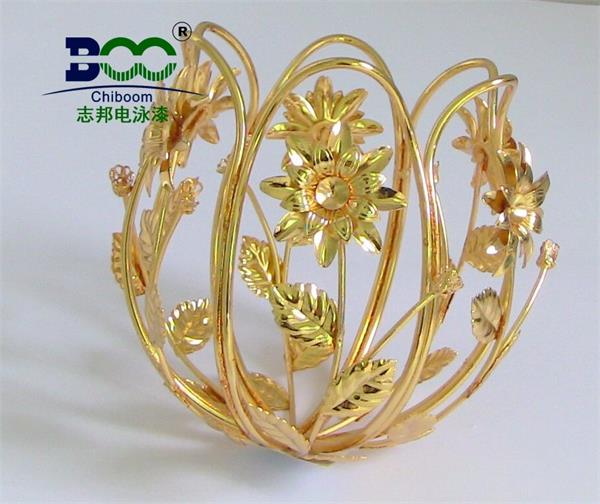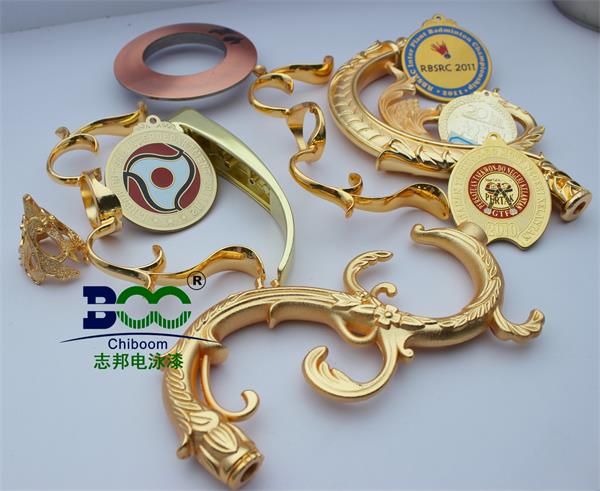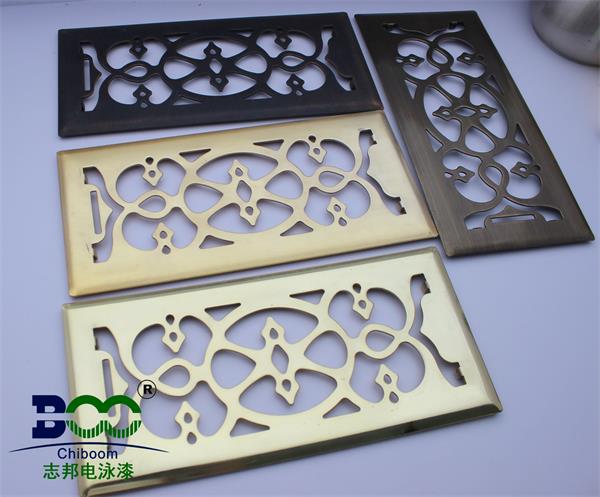Detailed explanation of electrophoretic paint process flow?
Detailed explanation of electrophoretic paint process flow?
The Detailed Explanation of the Electrophoretic Paint Process
Electrophoretic paint, also known as electrophoretic coating, is a type of paint that forms a uniform and dense coating on the surface of workpieces through the electrophoretic coating method. Electrophoretic paint exhibits excellent corrosion resistance, rust prevention, wear resistance, and impact resistance, and is widely used in the coating of industries such as automotive, home appliances, building materials, and hardware. This article will provide a detailed explanation of the electrophoretic paint process.
I. Preparation
Prior to electrophoretic coating, the workpieces undergo a series of pretreatment processes to ensure the cleanliness and quality of the surface. The specific steps are as follows:
Degreasing: Utilizing degreasers, cleaning agents, and other reagents to remove surface contaminants such as oils, dirt, and impurities from the workpieces to ensure coating quality.
Cleaning: Using water or cleaning agents to thoroughly remove any residual contaminants from the surface of the workpieces to keep them clean.
Pickling: Forrust or oxide films, pickling is required to remove surface impurities and enhance adhesion. During pickling, acids are used to dissolve oxides or corroded areas on the surface, leaving a clean base metal.
Phosphating: Phosphating is a process that forms a phosphorous-based film on the surface of the workpieces. This film improves the adhesion and corrosion resistance of the coating. During phosphating, the workpieces are immersed in a phosphating solution that reacts with the metal surface to form a protective film.

II. Electrophoretic Coating
After pretreatment, the workpieces have a clean and well-prepared surface, and they are ready for electrophoretic coating. The specific steps are as follows:
Paint Mixing: The electrophoretic paint is mixed with water according to a certain ratio, stirredfiltered. The paint mixing ratio depends on the size and shape of the workpieces to ensure optimal application.
Paint Bath: The mixed electrophoretic paint is poured into an electrophoretic paint bath, and a suitable amount of neutralizer is added to adjust the pH level. The paint bath should be regularly maintained to ensure that the paint remains fresh and free from impurities.
Electrophoretic Coating: The pretreated workpieces are immersed in the electrophoretic paint bath, where an external electrical field is applied. This causes the paint particles to migrate and deposit onto the surface of the workpieces, forming a uniform coating. During electrophoretic coating, parameters such as voltage, current, and time must be carefully controlled to achieve the desired coating quality and thickness.
Post-coating Processing: After electrophoretic coating, the workpieces undergo post-processing operations such as water rinsing, heat treatment, and drying. These processes help to remove any residual water or impurities from the surface of the coating, ensure proper curing of the paint, and prevent any potential damage from moisture or other environmental factors. During post-processing, temperature and time must be carefully controlled to ensure that the coating achieves optimal properties and stability.
III. Quality Inspection
Quality inspection is an essential step in ensuring the quality of electrophoretic paint coatings. It includes visual inspection, thickness measurement, and performance testing. The specific steps are as follows:
Visual Inspection: The coated surface is examined for uniformity, smoothness, and absence of defects such as bubbles or imperfections. Any irregularities or imperfections in the coating can be detected during visual inspection.
Thickness Measurement: The thickness of the coating is measured using tools such as thickness gauges or scanning electron microscopes (SEM). Measurements are taken at various locations on the coated surface to ensure that the thickness is within specified tolerances.
Performance Testing: Tests such as adhesion testing, corrosion resistance testing, and wear resistance testing are conducted to evaluate the performance of the coating under various conditions. These tests help to determine whether the coating meets the required performance standards.
In summary, the electrophoretic paint process includes pretreatment, electrophoretic coating, and quality inspection steps. Each step requires attention to detail and specific technical requirements to ensure the quality and consistency of the coating. In actual production,Process parametersand technical details should be adjusted based on specific conditions to achieve optimal coating results.





 WeChat
WeChat